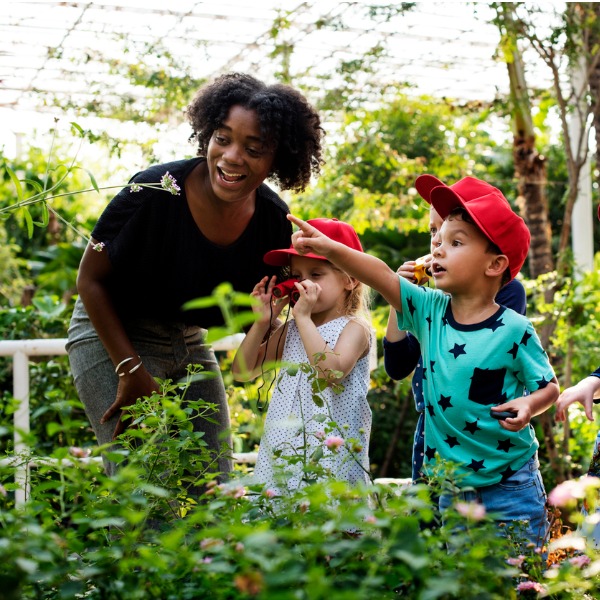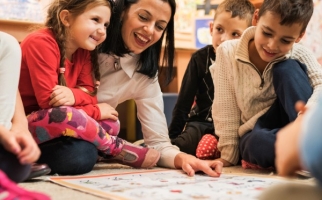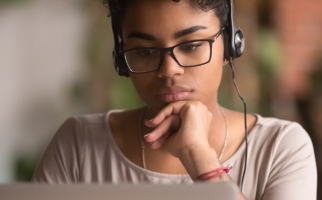Observing

Students observing (Rawpixel, iStockphoto)
The skill of observing involves using all of the senses, as appropriate, to find out about the characteristics, properties and attributes of objects, places and events.
Definition
The skill of observing involves using all of the senses, as appropriate, to find out about the characteristics, properties and attributes of objects, places and events. Observations can be made directly with the senses or indirectly through the use of instruments that extend our capacity to observe.
Observing is important because it…
- is a fundamental science process skill
- enables us to collect evidence which gives us information to make inferences
- is the key to understanding objects and phenomena as well as interactions between objects or phenomena
- helps develop/is interconnected with skills such as describing, identifying patterns, comparing and contrasting, and using appropriate vocabulary
Developing the Skill of Observing
Students |
Educators |
|---|---|
|
Use their senses, as appropriate, for making observations of objects, places and events in their surroundings |
Provide intentional opportunities for students to actively use all of their senses (e.g., sight, hearing, smell, touch, taste, etc.) in multiple different contexts. Model how to safely use the senses to make observations (e.g., do not taste anything unless a trusted adult says it is okay; be aware of students’ food or other allergies). |
|
Use tools and instruments to extend their capacity to observe both qualitatively and quantitatively |
Provide students with opportunities to practice using age-appropriate tools that extend their ability to observe (e.g., the proper use of magnifying lenses, microscopes, thermometers, rulers, measuring tapes, simple balance scales). |
|
Observe in order to notice details (e.g., characteristics and properties of objects and events such as colour, shape, size, pattern, texture, temperature, duration) |
Encourage students to observe closely and pay attention to details of objects, places, and events. Discuss and introduce specific measuring tools and instruments that can help students to make detailed observations beyond the capacity of our human five senses. |
|
Understand and distinguish the difference between an observation and an inference |
Provide examples and guided practice so that students understand the difference between observations (e.g., the plant has yellow leaves) and inferences (e.g., the plant is not healthy). |
Related Skills
Related Learning Strategies


